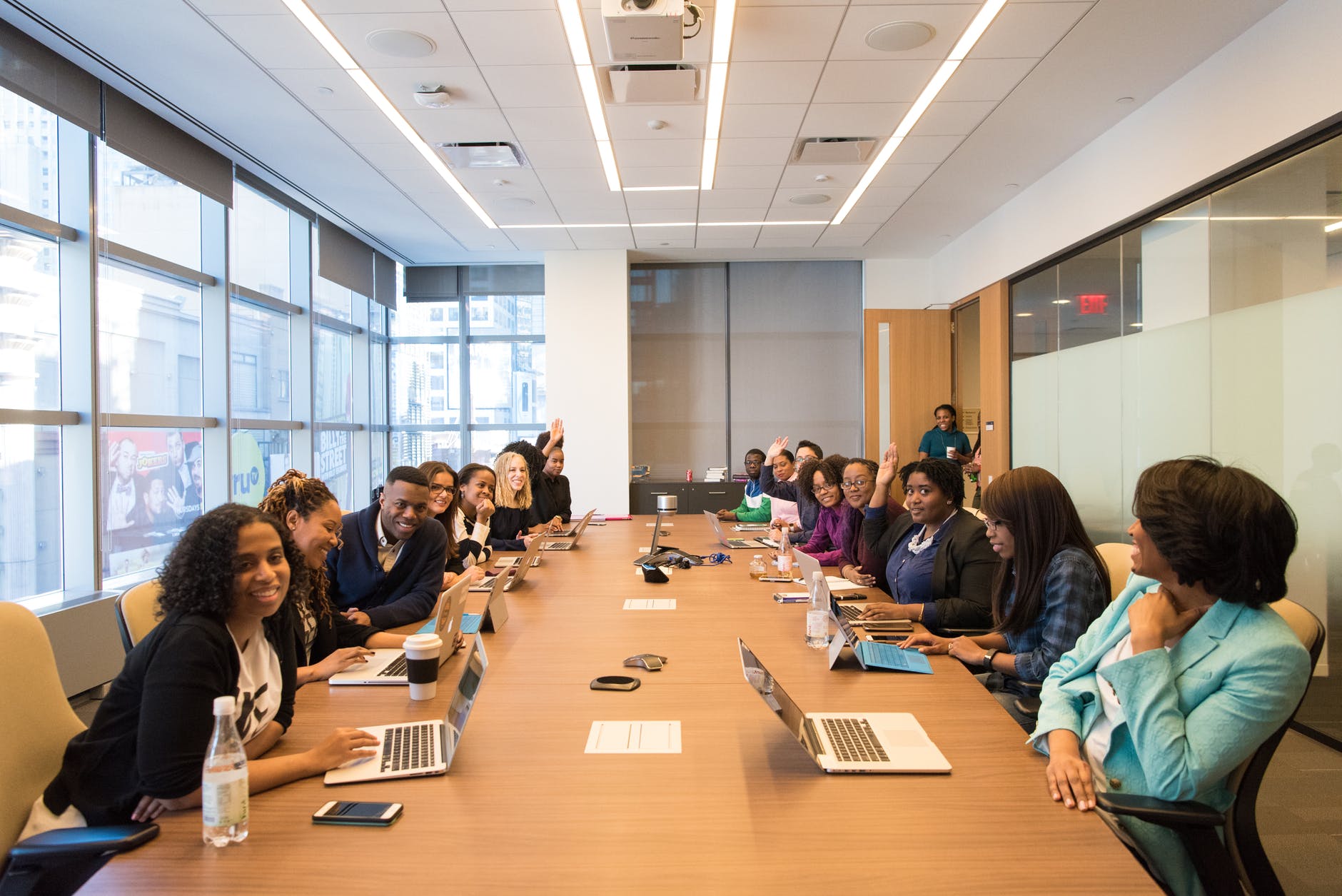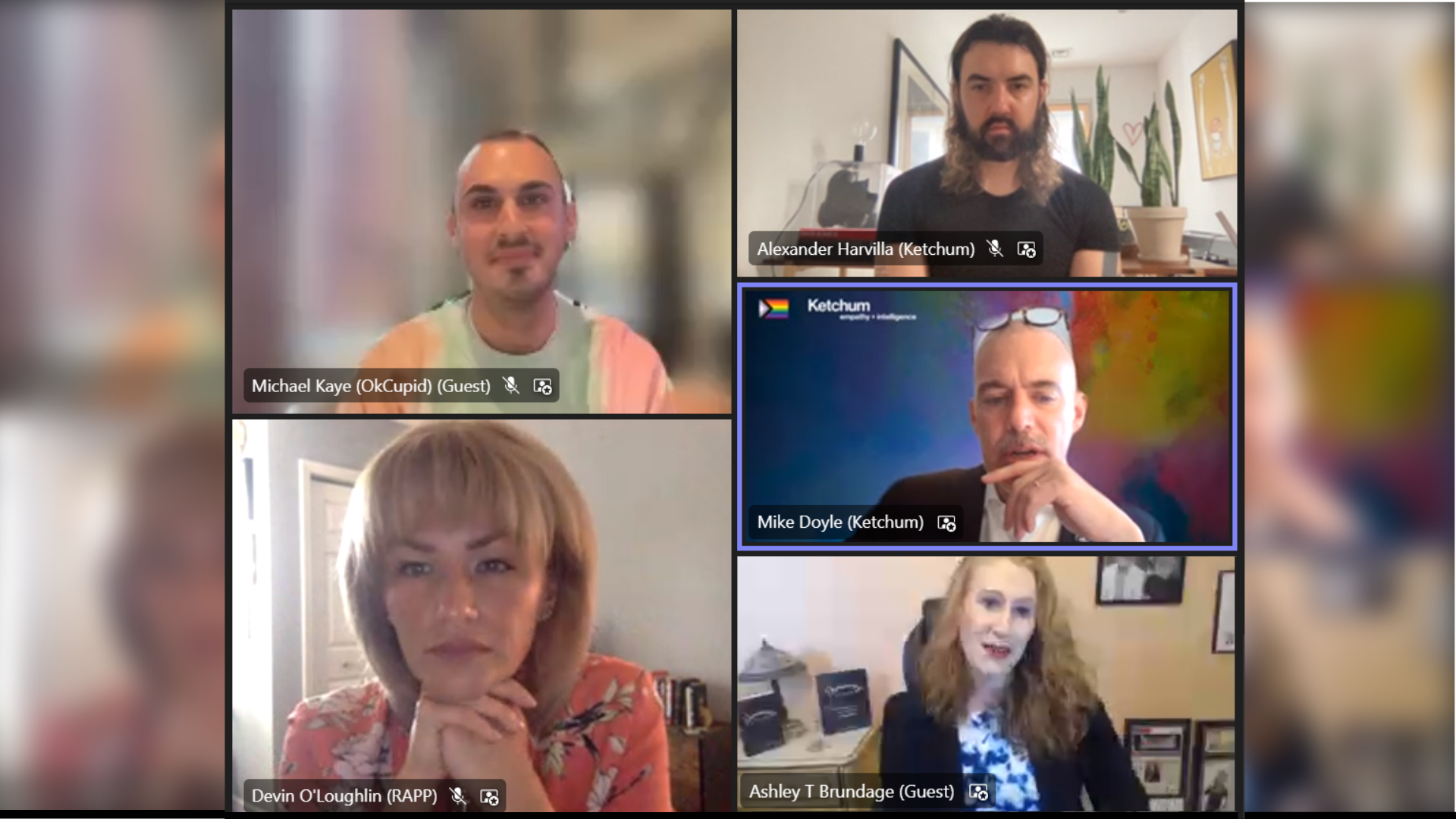If I had a dollar for every time I heard someone say they have a client interested in multicultural outreach, my bank account would look like Jeff Bezos’. That interest is the first step in the right direction. And by first step, I mean baby step. While it’s a good thing brands are interested in multicultural, that’s only scratching the surface. When a brand or client asks how to do multicultural, there’s an important follow up question to ask: what do you mean by multicultural?

“Multicultural” has morphed into a marketing buzzword. But, for multicultural marketers and consumers, it’s who we are. The word multicultural is frequently overused without proper context, speaking in general terms about reaching Hispanic, African American, or Asian American audiences. But again, what do you mean by multicultural? This is a good point to pause, dig deeper to find out what the brand need is, and determine which consumer segment it is trying to communicate with. Because the term multicultural is as broad as the multiple cultures – and subcultures – each of those audiences represent. A good place to start, is to define what multicultural is. Like, literally:
multicultural adjective
mul·ti·cul·tur·al | \ˌməl-tē-ˈkəlch-rəl
of, relating to, or representing several different cultures or cultural elements: a multicultural society.
There are three keywords in this definition: Several. Different. Cultures. So, when a client says their brand is interested in multicultural, our job as marketers is to help them pinpoint which culture the brand is specifically referring to, in order for us to effectively develop targeted marketing strategies, campaigns and brand messaging that reach these consumers in culturally relevant and respectful ways. So again, the first logical question for brands is, what do you mean by multicultural? Because if that question hasn’t been answered, your brand is jumping out the window without a parachute. Inc. recently listed The 7 Most Embarrassing Branding Mistakes of 2018, and it’s no coincidence that five of the seven top brand fails of the year were culturally offensive campaigns.
So, what can your brand do to avoid ending up as the next big brand fail? How can marketers best counsel their clients to guide their brand’s multicultural approach, and ensure its campaign or strategy is on target and doesn’t just reach your consumer audience, but resonates with them? Here are five tips to get you started:
1. Seats at the Table.
When your brand is making multicultural marketing plans, it’s important to make sure the right people are informing these decisions from start to finish. Brands and agencies need multicultural minds and diverse voices seated at the table, to effectively shape these strategies. If your brand is looking to focus its efforts on a specific multicultural audience, your brand strategy needs to be guided by insights from that specific cultural segment.
2. The 3 R’s – Real. Relevant. Respectful.
These are the three boxes every multicultural marketing campaign should check off. Is your brand message and creative real and authentic, and communicated in a culturally relevant way, that demonstrates respect for your target audience? If you can’t check all three of these boxes, the best strategy is to take a step back, and get a pulse check. CHEAT CODE: The best place to start is with your multicultural team members.
3. “That’s just the wave.”
Big brands drop big bucks on big campaigns. They want the biggest celebrity, the biggest following, the biggest impressions numbers, the biggest splash. But, what’s more impactful and lasting than a splash is a wave, and the ripple effect it creates. While brands want to reach as many consumers as possible, smart brands will seek out multicultural minds and talent who are in tune with the culture and emerging trends, to help them create their own wave, vs. being an opportunistic brand that waits for a wave to rise, so that it can then ride it (See, culture vulture). Don’t be the brand that rides the wave. Be the brand that is the wave.
4. The Message.
Brand messaging is so important for multicultural marketing. With a variety of cultural segments, nuances, subcultures, language, and dialects, multicultural does not mean a one stop shop or solution. Marketers can’t be afraid to have real, and sometimes uncomfortable, conversations with brands to develop messaging and programming that resonates with diverse consumers, and respects their cultures. If not, the brand message will fall upon deaf ears. And, the public perception will be that the brand is tone deaf – not the other way around.
5. Multicultural = Multidimensional.
Two words: multi·cultural. Multi means many. What this means for multicultural outreach is, there is no one size fits all approach. To effectively engage diverse consumers, your brand strategy must be multifaceted. Smart planning begins with research that inform insights, which will guide your strategy and creative. To understand how to reach multicultural consumers, brands must first understand who the multicultural consumer is, and what motivates us. We are ethnic, immigrants, first-generation Americans, English-speaking, Spanish-speaking, bilingual, straight, and LBGTQ. We are creatives, teachers, entrepreneurs, Uber drivers, athletes, engineers, artists, doctors, marketers, and more. Multicultural means multidimensional, which means there are multiple points for brands to connect with us.
What we will no longer be is the minority, which means brands can no longer afford to not only start focusing on multicultural, but shift their entire focus to it. It’s time for brands to throw out all the old multicultural marketing templates and rewrite its market strategies. Because the multicultural audiences these brands are trying to reach? We’re rewriting all the rules in real time.


